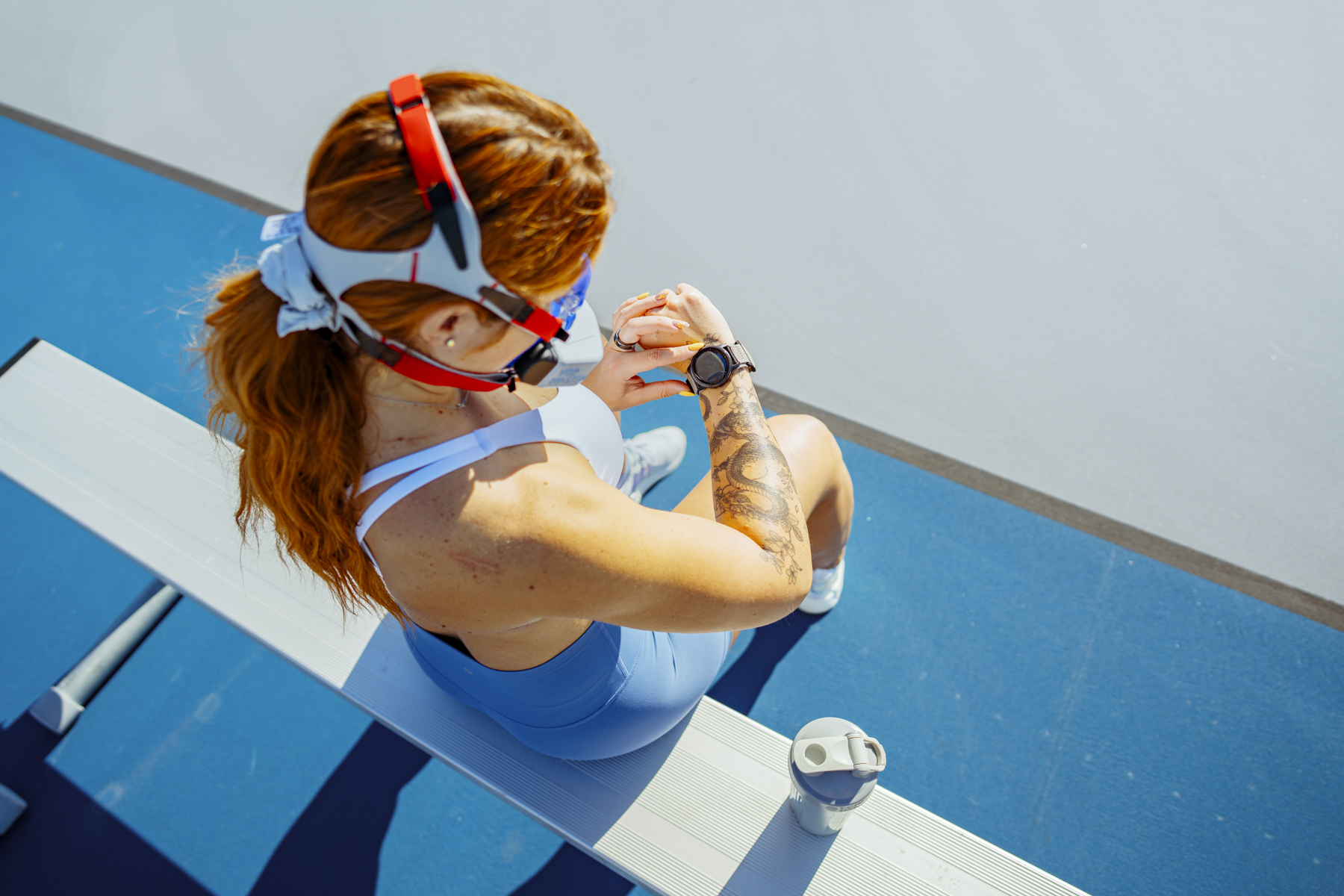The obsession with perfection is the quickest way to suffocate your creative process, especially in photography. Every time I hear someone say they’re “waiting until it’s perfect” before launching a project, my brain quietly replies, “So… never, then?” Because perfection, as much as we like to pretend otherwise, isn’t a destination. It’s a moving target with a fog machine. And in the world of creative process photography, that constant chase for flawlessness is what separates stagnant portfolios from thriving creative businesses that actually move forward.
Why the Chase for Perfection Kills Progress
Perfection sounds noble, but it’s actually cowardice in a tuxedo. It gives you a reason not to finish, not to share, not to grow. The perfect lighting setup, the perfect client, the perfect camera body, none of it exists. The most successful commercial photographers I know didn’t get there by perfecting every pixel. They got there by understanding direction: where their work was headed, what emotion it was meant to spark, and how it served a larger marketing strategy. That’s the real secret sauce behind creative process photography, it’s not about flawless execution, it’s about intentional movement. The photographers and creatives who understand that are the ones who build real brands instead of burning out trying to emulate someone else’s highlight reel.
Momentum Is More Marketable Than Mastery
One of the biggest misconceptions I see in creative leadership, especially among photographers trying to break into commercial work, is the belief that mastery sells. It doesn’t. Momentum does. Clients want to see energy, adaptability, and clear direction. They want someone who can guide the creative process, read the room, and bring strategic clarity to chaos. When I shoot a commercial campaign, I’m not there to obsess over whether a single shadow is five degrees too soft. I’m there to translate brand strategy into visual storytelling. That’s the difference between a photographer who takes great pictures and one who leads with creative process photography as a form of business strategy.
Let me give you a real example. A while back, I shot a lifestyle campaign for a client who wanted “realness.” Now, “real” is one of those dangerous words in marketing, it’s subjective, abused, and often means “we want models who look like people but still photograph like superheroes.” During the shoot, one frame came out slightly out of focus, but the expression, the interaction, the energy, it was perfect. The client picked it as the hero image. That one slightly soft photo ended up on the front page of their campaign. Why? Because it had direction. It told the story they wanted to tell. That’s what progress over perfection looks like in real life.
Imperfection Is Authenticity’s Wingman
Here’s the thing about perfection: it’s sterile. It’s overly polished. It’s the uncanny valley of creativity. People might admire it, but they rarely connect with it. Direction, on the other hand, creates momentum, and momentum creates authenticity. That’s what sells. That’s what audiences remember. In commercial photography, the goal isn’t to produce the most flawless image; it’s to produce the most believable one. It’s not art for art’s sake, it’s visual strategy for emotional impact.
One of the best campaigns I’ve ever worked on wasn’t the most technically perfect, it was the most human. The light wasn’t cinematic, the wardrobe wasn’t immaculate, but the feeling was right. The client’s audience didn’t care that the reflection on the glass was a little messy. They cared that it looked real, relatable, like something they could actually experience. That’s creative process photography in action, directing emotion and narrative instead of worshiping the exposure triangle.
Creative Leadership Means Letting Go
If perfection is your comfort zone, leadership will always feel uncomfortable. Creative leadership isn’t about micromanaging every frame until it collapses under its own weight. It’s about knowing when to stop tweaking and start trusting. When I’m on set, my job isn’t to control everything, it’s to direct energy. Whether I’m managing a five-person team or shooting solo, I care more about the flow of the day than the flaws of the frame. Because that flow? That’s what builds confidence, for both you and your client.
Perfectionists often get trapped in a creative echo chamber, replaying the same idea until it loses its pulse. Leadership requires movement, not paralysis. You have to let your work live in the wild, imperfect and breathing. When you do, it teaches you more than any workshop, camera upgrade, or late-night YouTube tutorial ever could.
Confidence Comes From Movement, Not Mastery
There’s a reason so many artists stall out early: they mistake preparation for progress. I’ve seen photographers build entire spreadsheets of hypothetical shoots that never happen. The irony? Every one of those imagined shoots could have evolved into a real body of work that opened doors. But fear of imperfection keeps them stuck in draft mode forever. Confidence isn’t something you find, it’s something you earn through repetition, failure, and small wins that remind you you’re capable.
In the context of workflow management, perfection is a productivity killer. Creative direction thrives on iteration. You build, you assess, you adjust, and you build again. Think of it like light shaping, you don’t get it right by reading about it, you get it right by moving the light around until it feels right. Same goes for your creative process. You can’t strategize your way into creative confidence; you have to shoot your way into it.
The Business Case for Direction
Let’s pull back the curtain for a second. From a marketing perspective, direction outperforms perfection every time. Brands and agencies don’t need another “perfect” portfolio, they need someone who can adapt quickly, capture personality, and align visuals with brand identity. Commercial photography isn’t just about looking good, it’s about communicating trust, clarity, and purpose. When your work has direction, it becomes part of the larger conversation between business and audience.
That’s the edge you get when you treat your shoots as strategy, not just art. You begin thinking like a brand consultant who happens to use a camera as your medium. You start crafting visuals that do more than impress, they convert. Direction gives your photography context, and context gives your clients confidence. It tells them, “This person gets it.” That’s what wins repeat work, not pixel-perfect lighting ratios.
When Imperfection Becomes Strategy
Sometimes the best creative decisions come from the mistakes you didn’t plan for. A misfired flash becomes a cinematic accident. A laugh mid-frame becomes the most genuine moment of the session. Imperfection can be the most powerful form of differentiation if you’re confident enough to lean into it. That’s why I tell every creative I mentor to stop polishing their personality out of their work. Direction gives you permission to be bold. Perfection only teaches you how to hide.
In commercial campaigns, those human moments, the ones you couldn’t storyboard if you tried, are the ones that drive results. They’re the reason audiences stop scrolling. They feel something. And when your work creates a feeling, you’ve done your job. Because at the end of the day, that’s what clients actually pay for: emotion wrapped in strategy, captured through the lens of someone who knows how to lead.
Progress Over Perfection: The Real ROI
If you want to measure the ROI of direction, look at consistency. Momentum compounds. Every imperfect project finished teaches you something that polishes the next one. You become faster, sharper, more intuitive. And that translates directly into profitability. You’re no longer stuck in endless revisions or creative limbo, you’re shipping work, building reputation, and generating results.
That’s what separates hobbyists from professionals. The difference isn’t talent, it’s trajectory. The best commercial photographers aren’t the most gifted; they’re the most consistent. They know that creative direction is an evolving dialogue, not a finished product. The ones who succeed treat every campaign as both a deliverable and a lesson. They keep moving, and because they keep moving, they keep growing.
The Point of the Process
Here’s the truth: perfection is static, but direction is scalable. Every time you choose forward movement over endless polishing, you gain data, insight, and confidence. And that’s what fuels long-term creative leadership. If you’re constantly in pursuit of perfection, you’re chasing an aesthetic. But if you’re pursuing direction, you’re building a brand.
Your clients don’t hire you for perfect, they hire you for perspective. For your ability to see what they can’t and translate it visually. That’s what makes creative process photography so powerful. It’s not just about how you shoot, it’s about how you think.
Perfection looks good in your portfolio. Direction builds your career. So stop editing the same image for the third time, stop second-guessing whether it’s ready, and hit publish. Because the next client you’re looking for? They’re not searching for perfect, they’re searching for progress. And they’re looking for someone who knows exactly where they’re headed.


